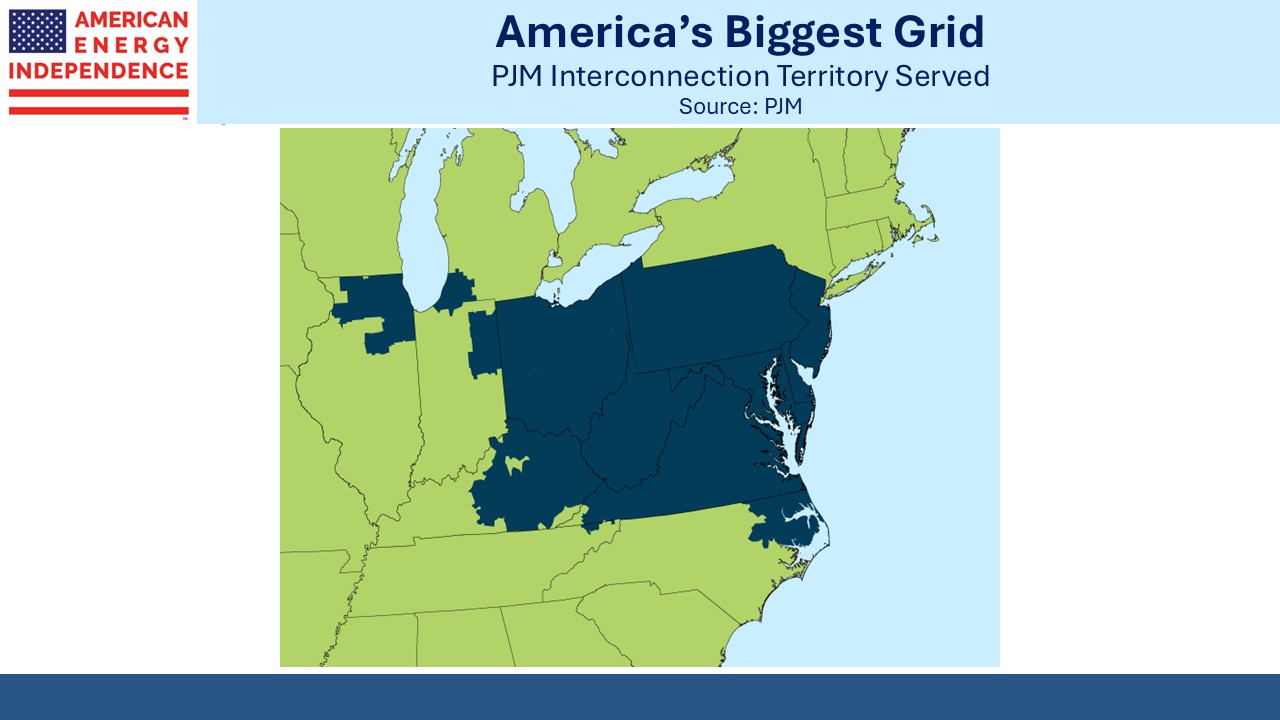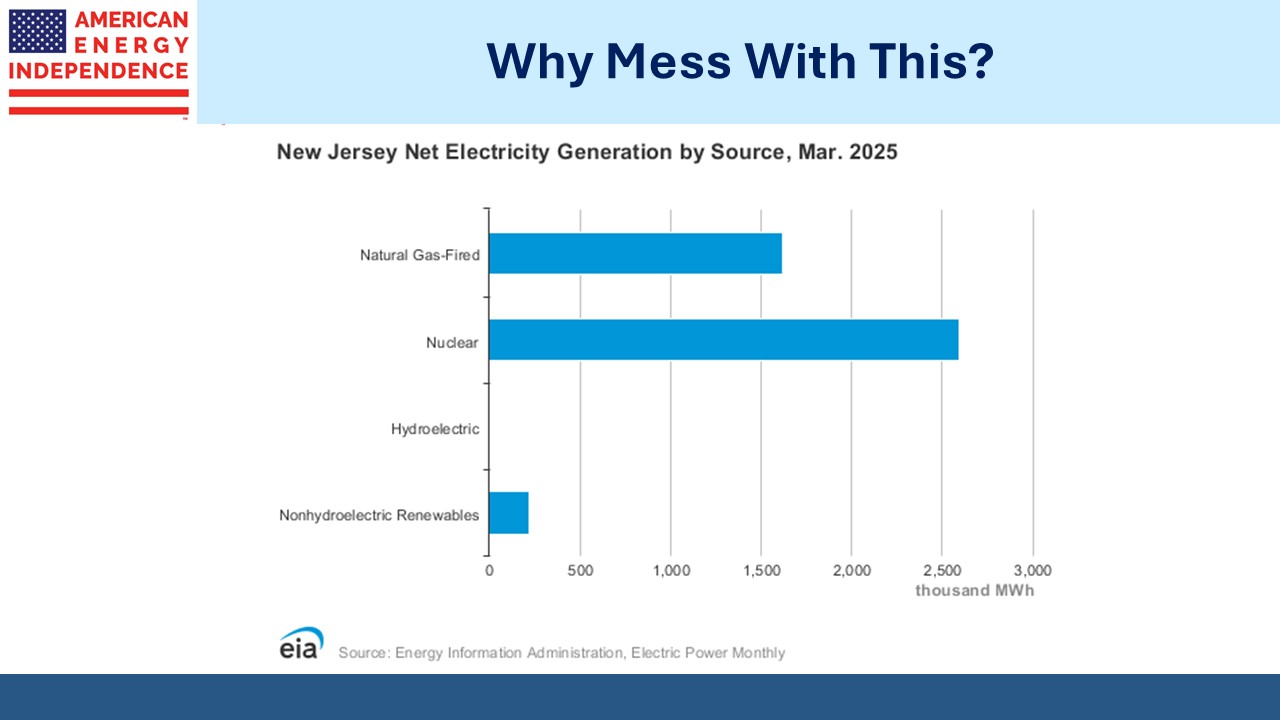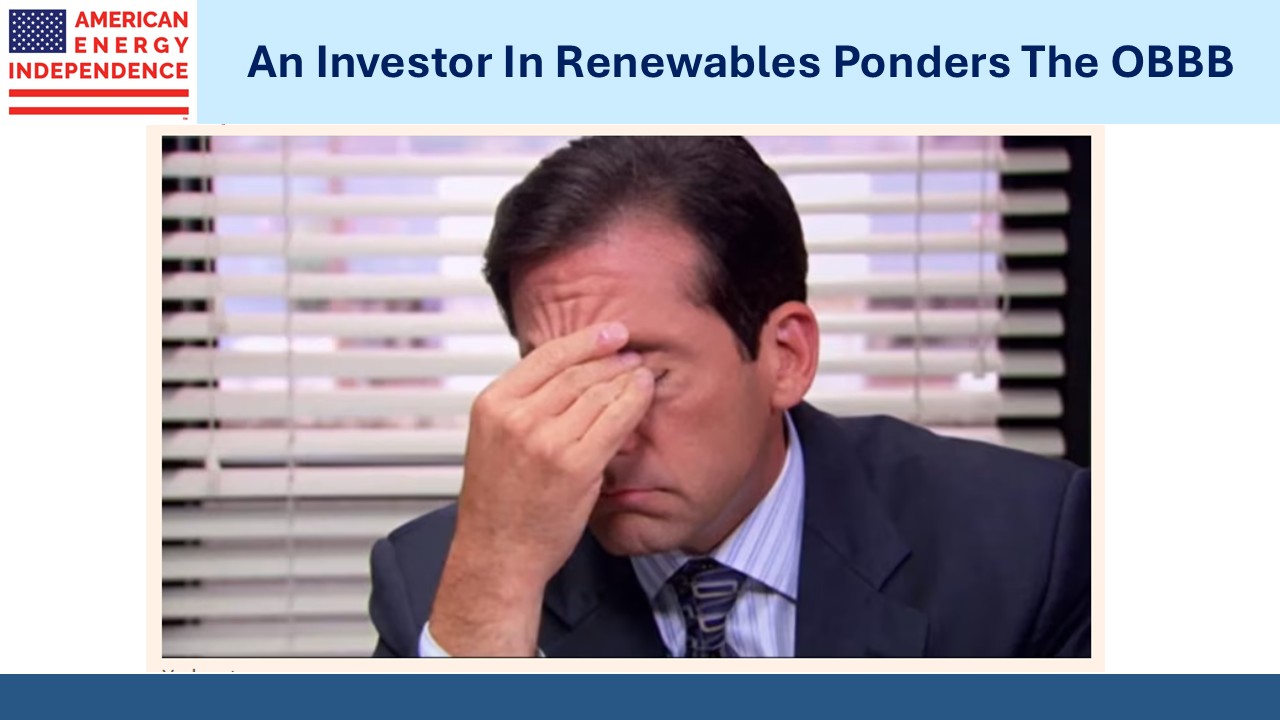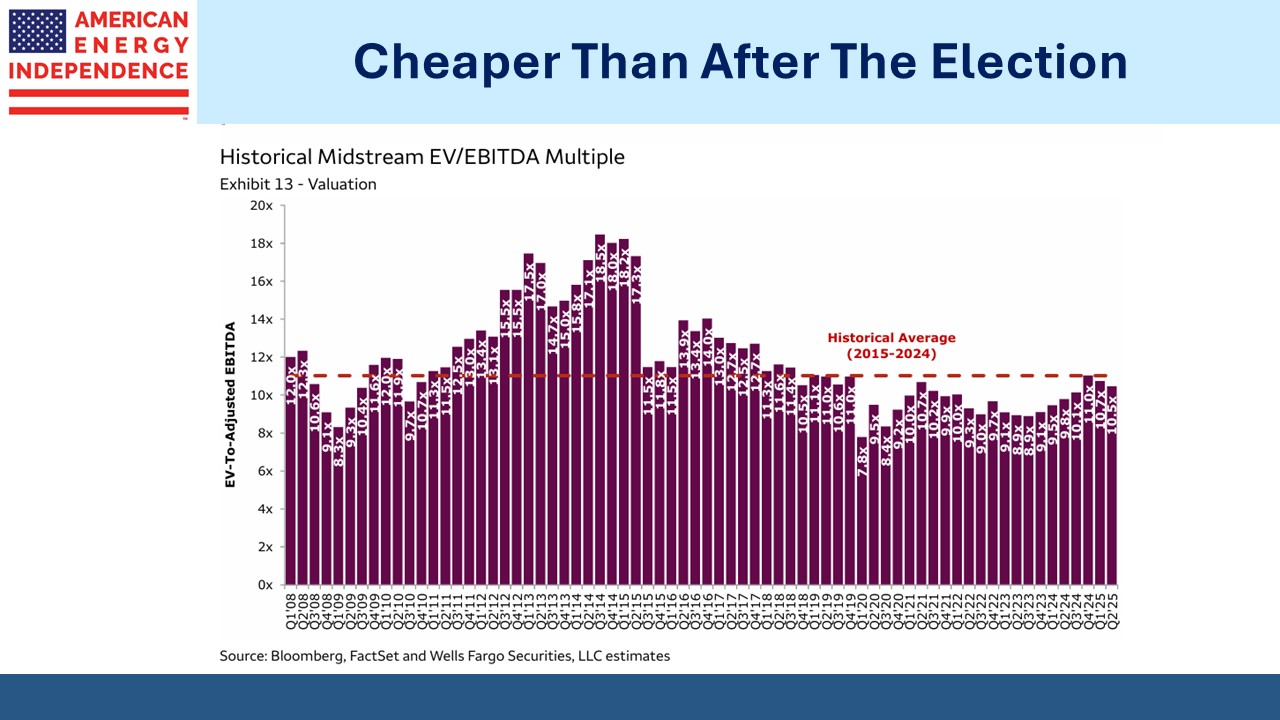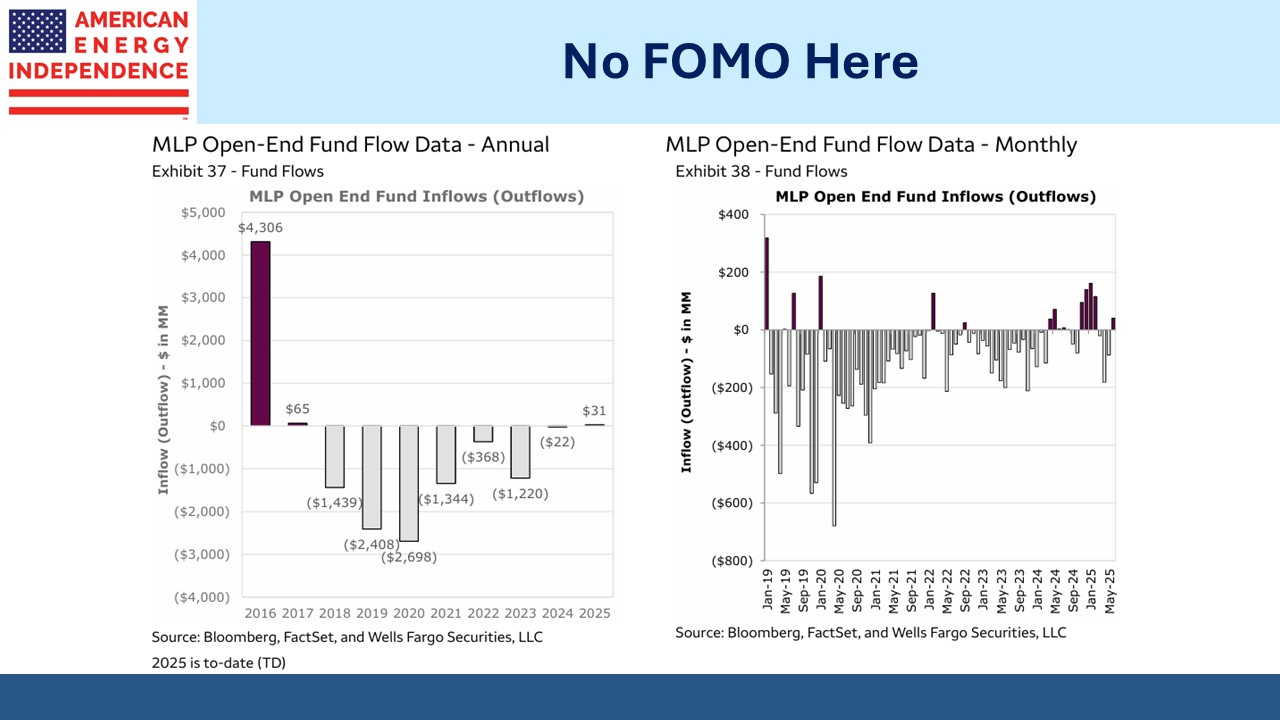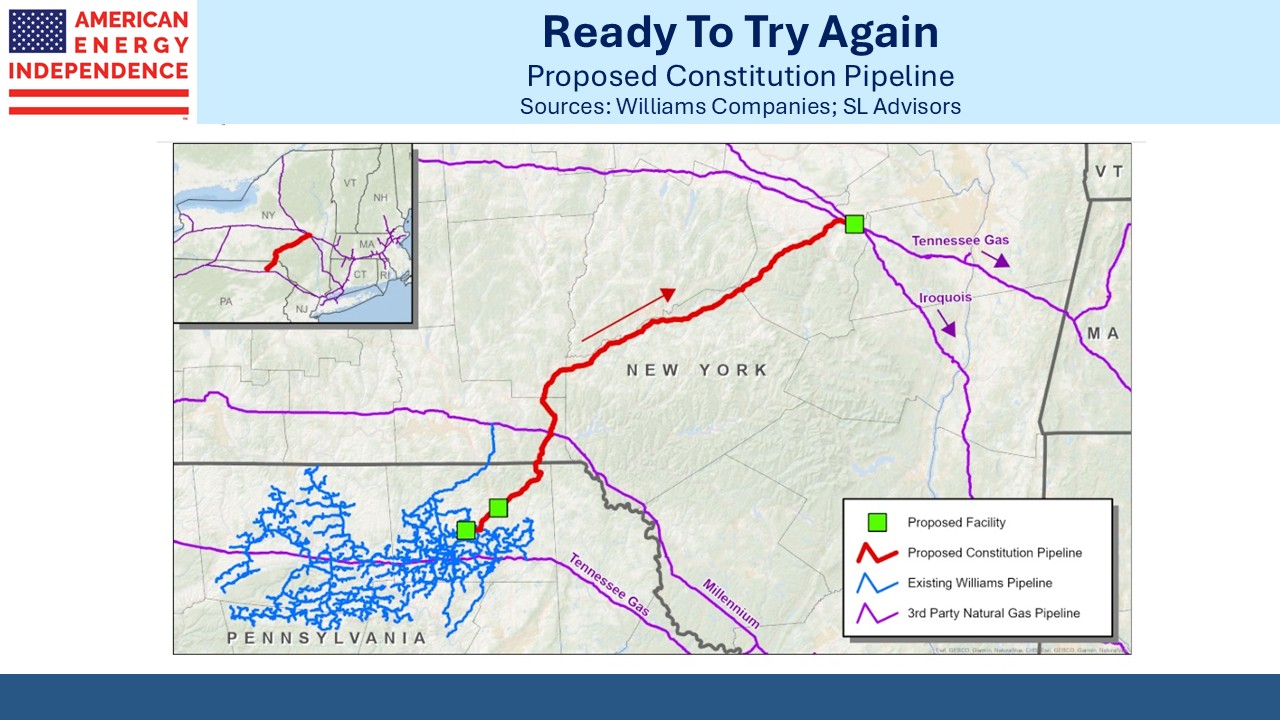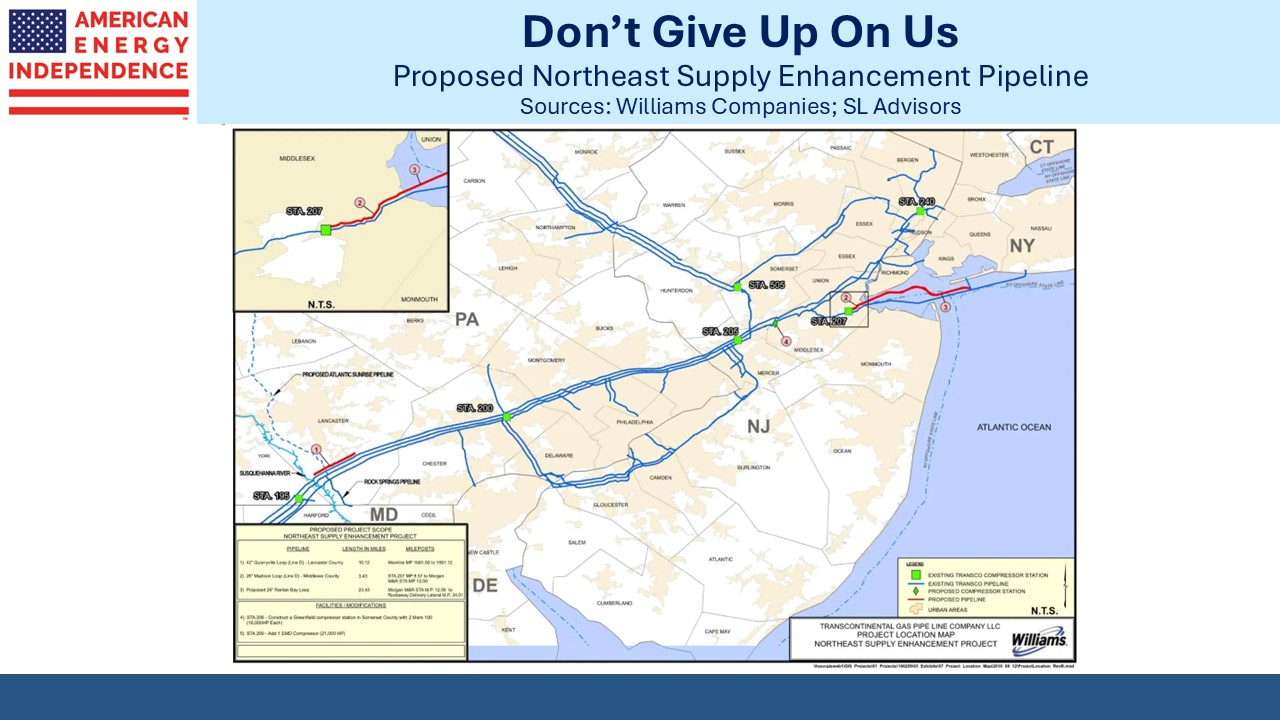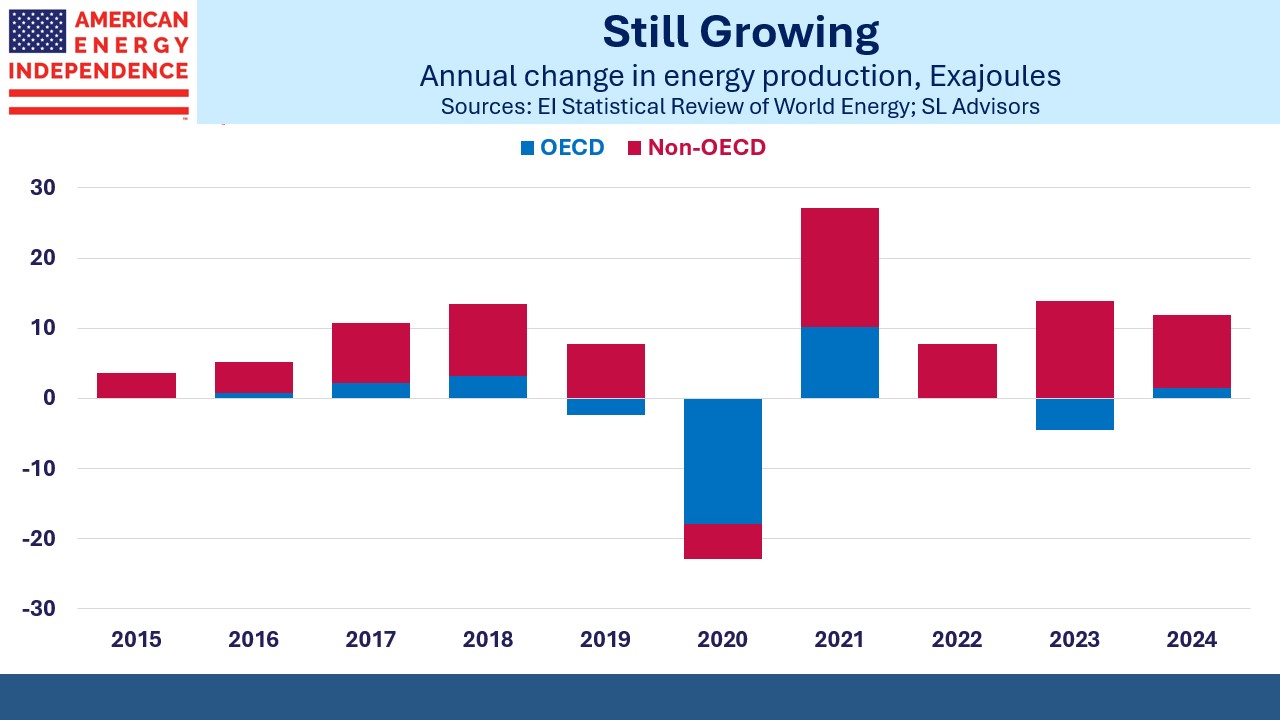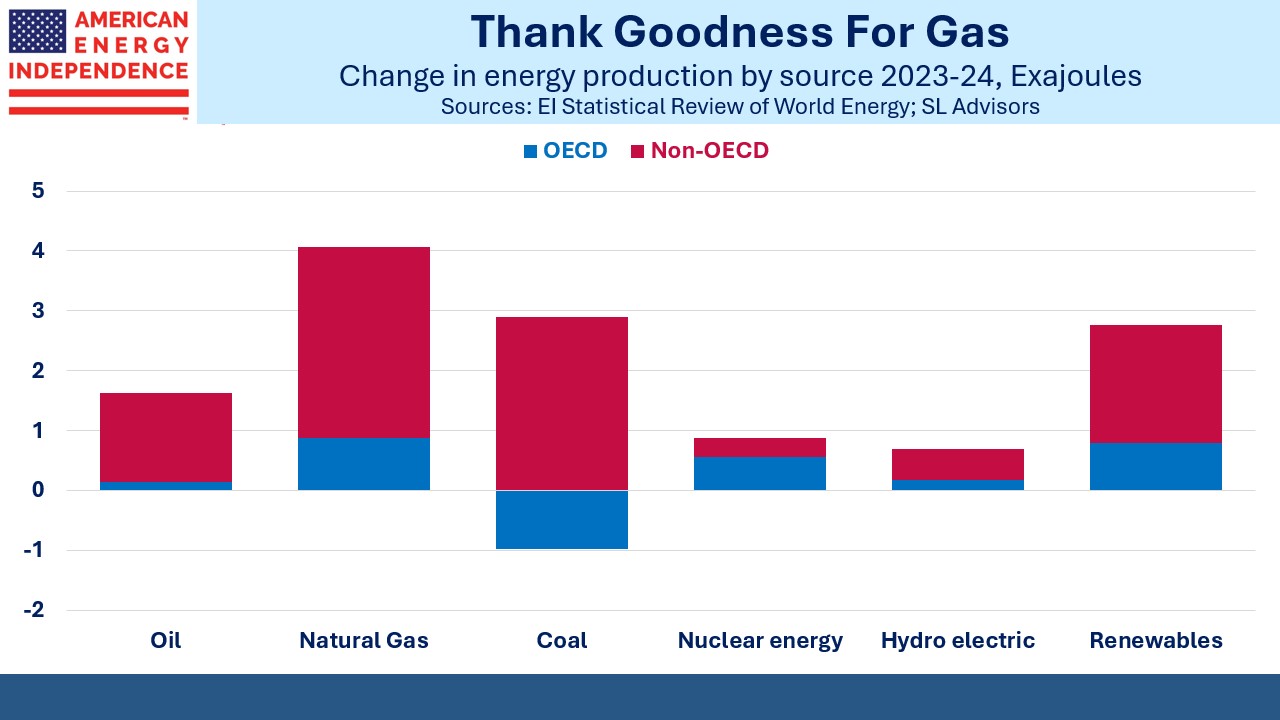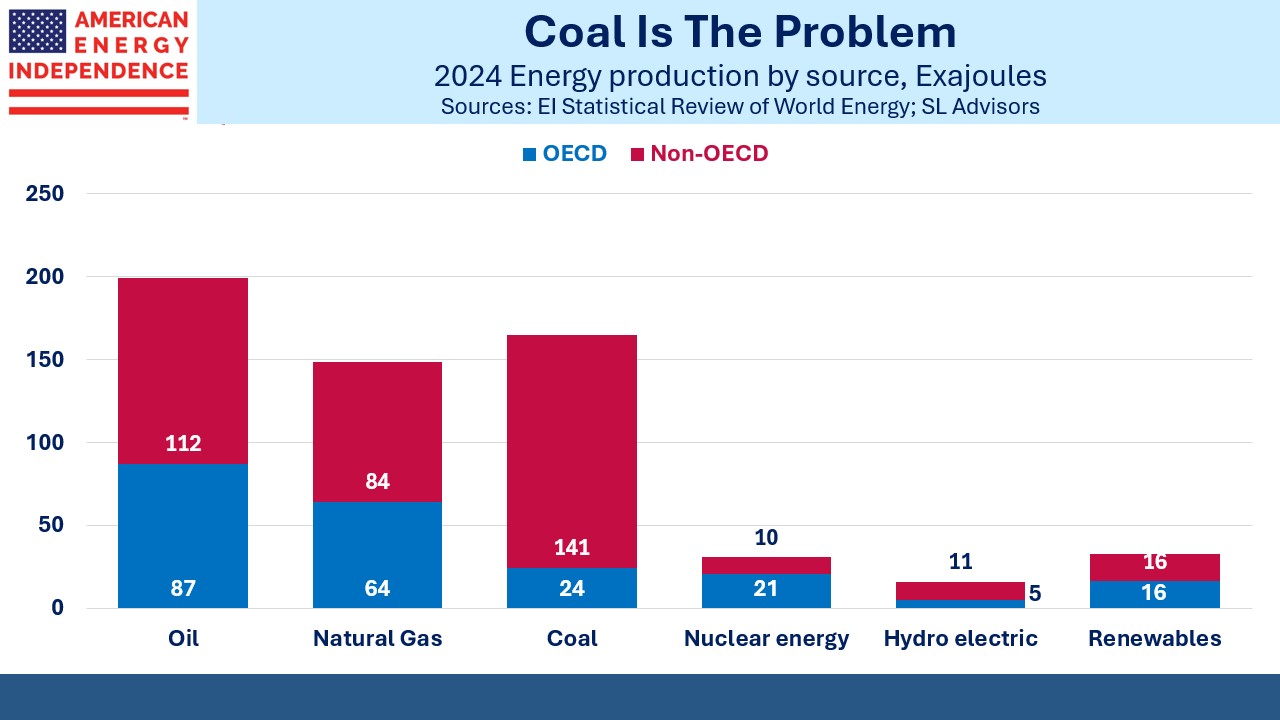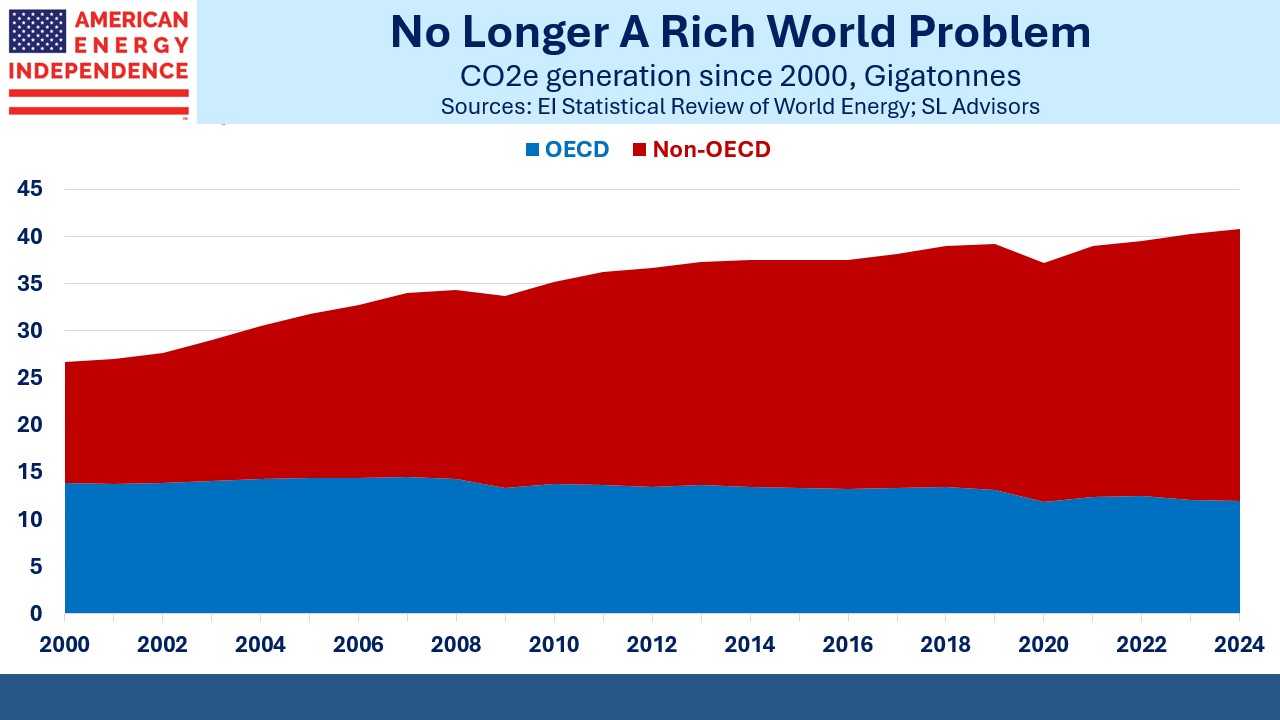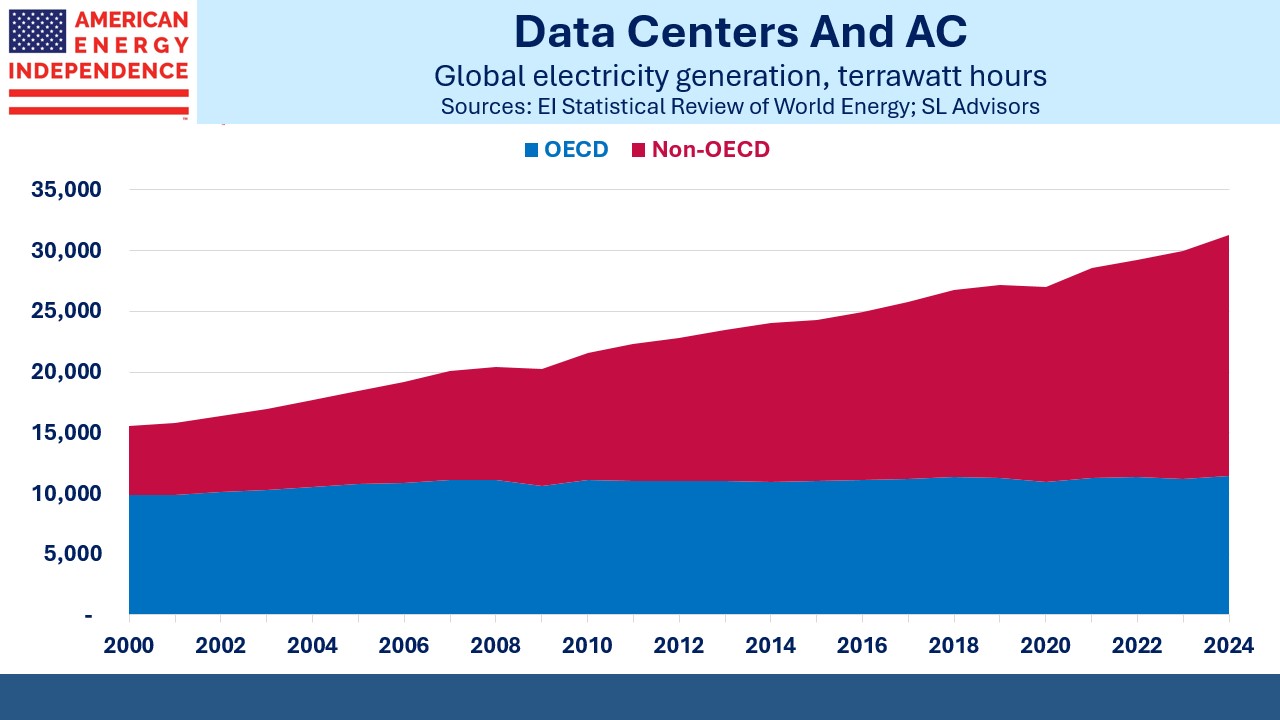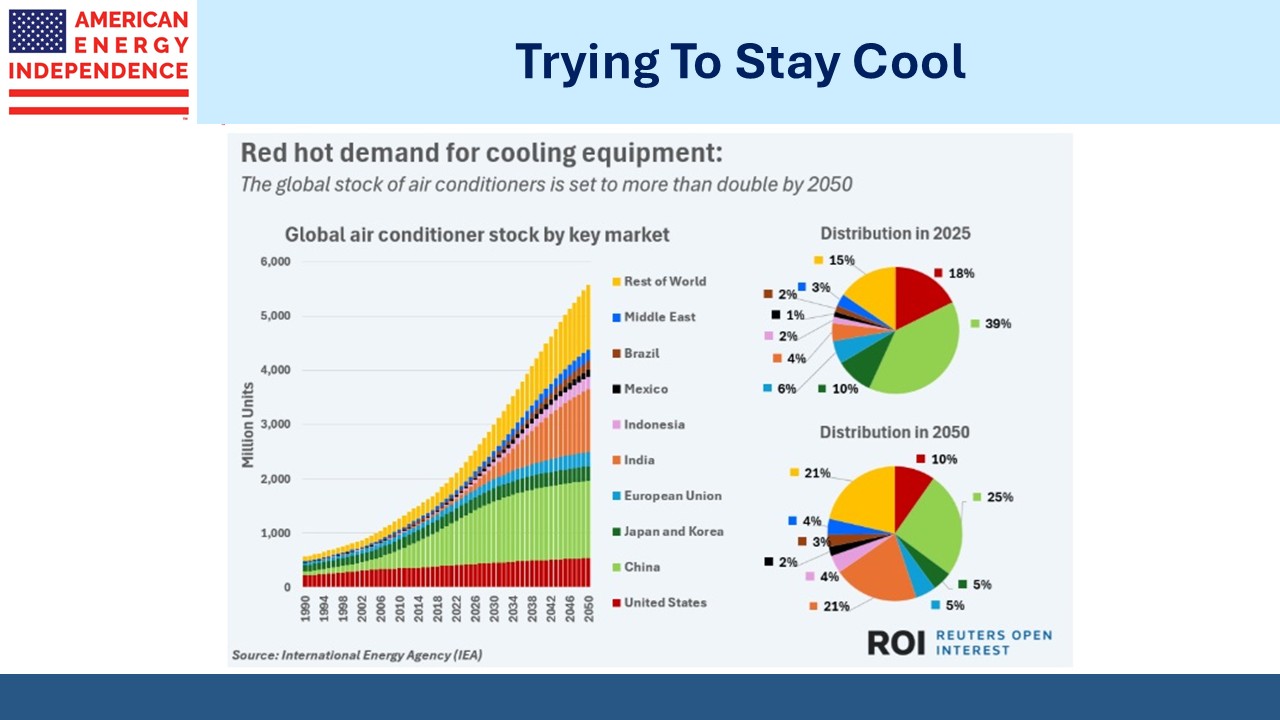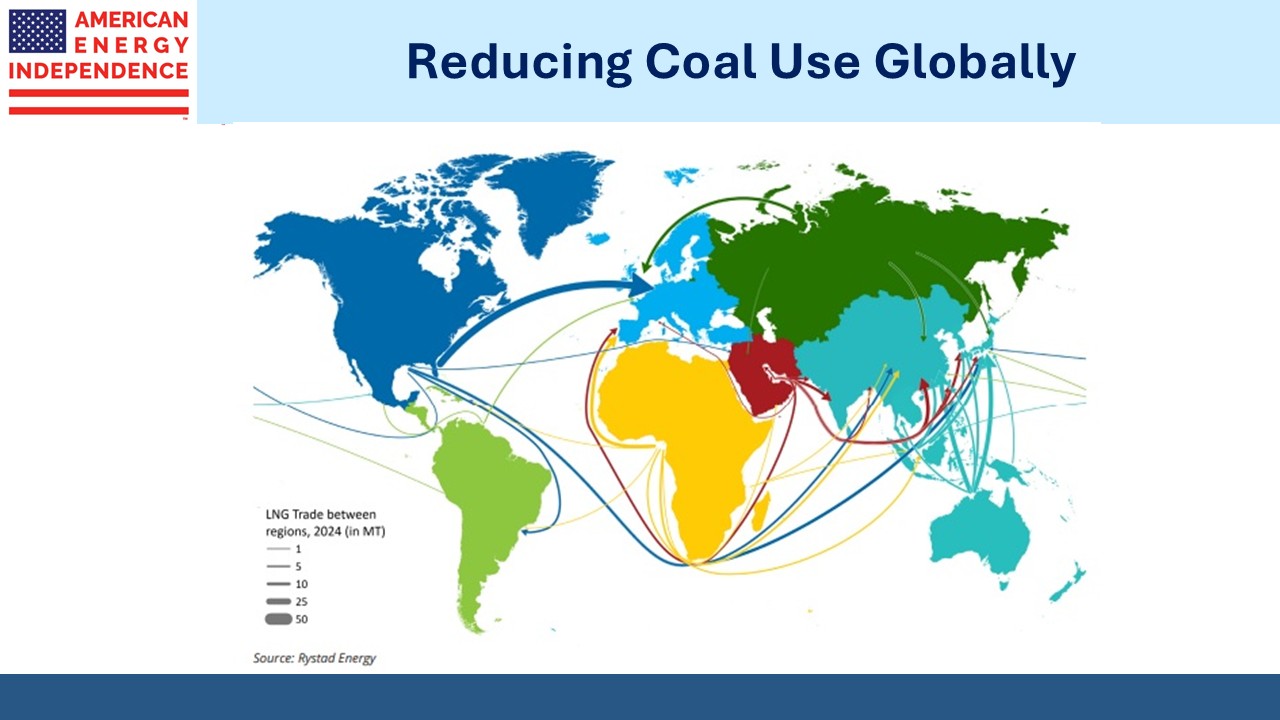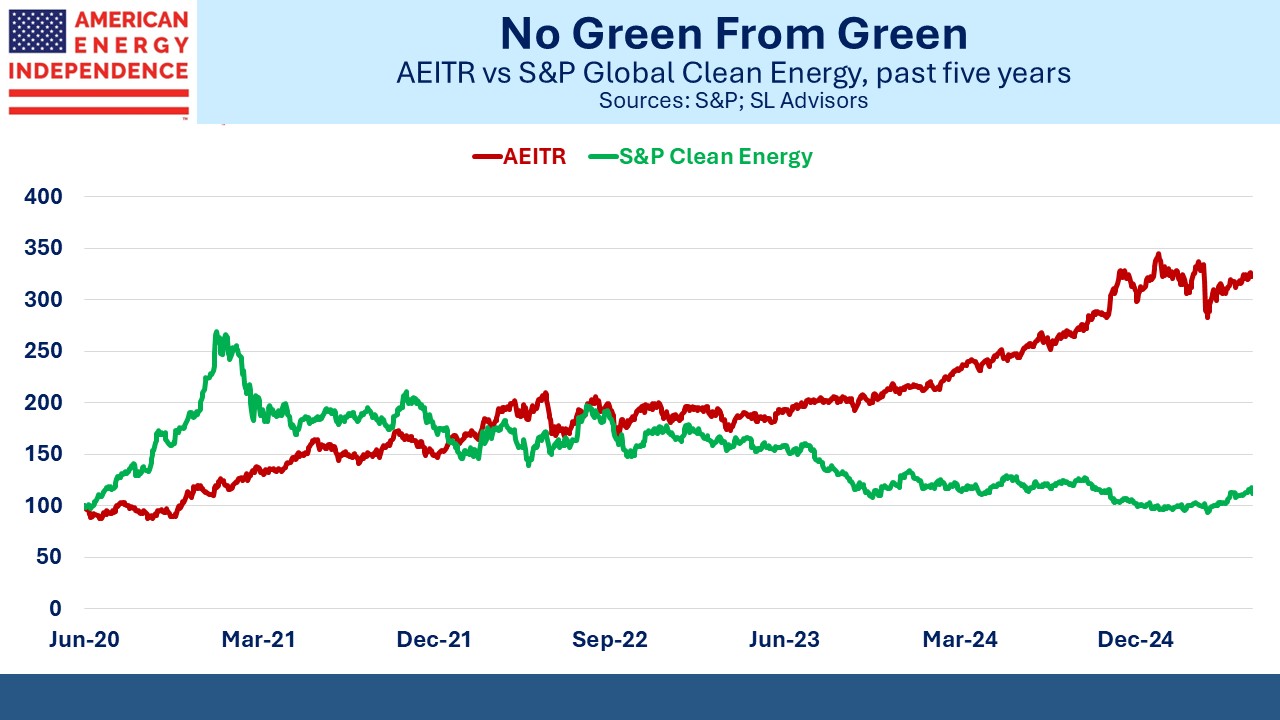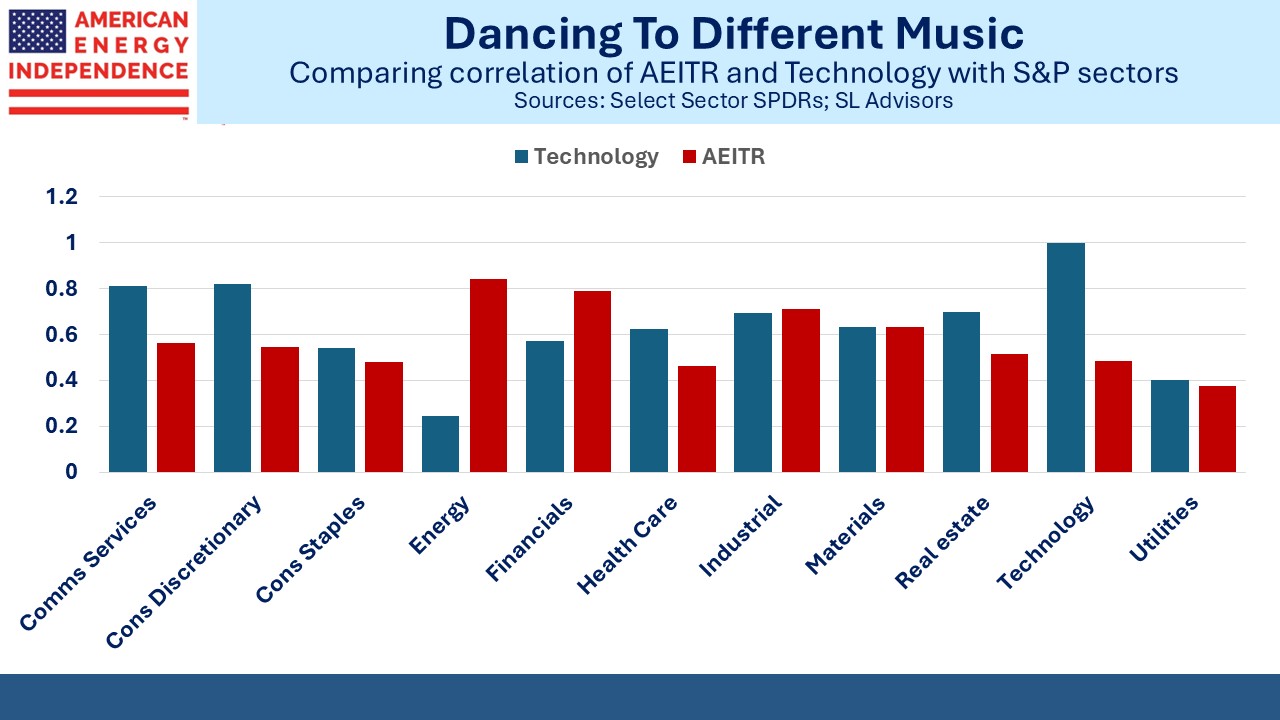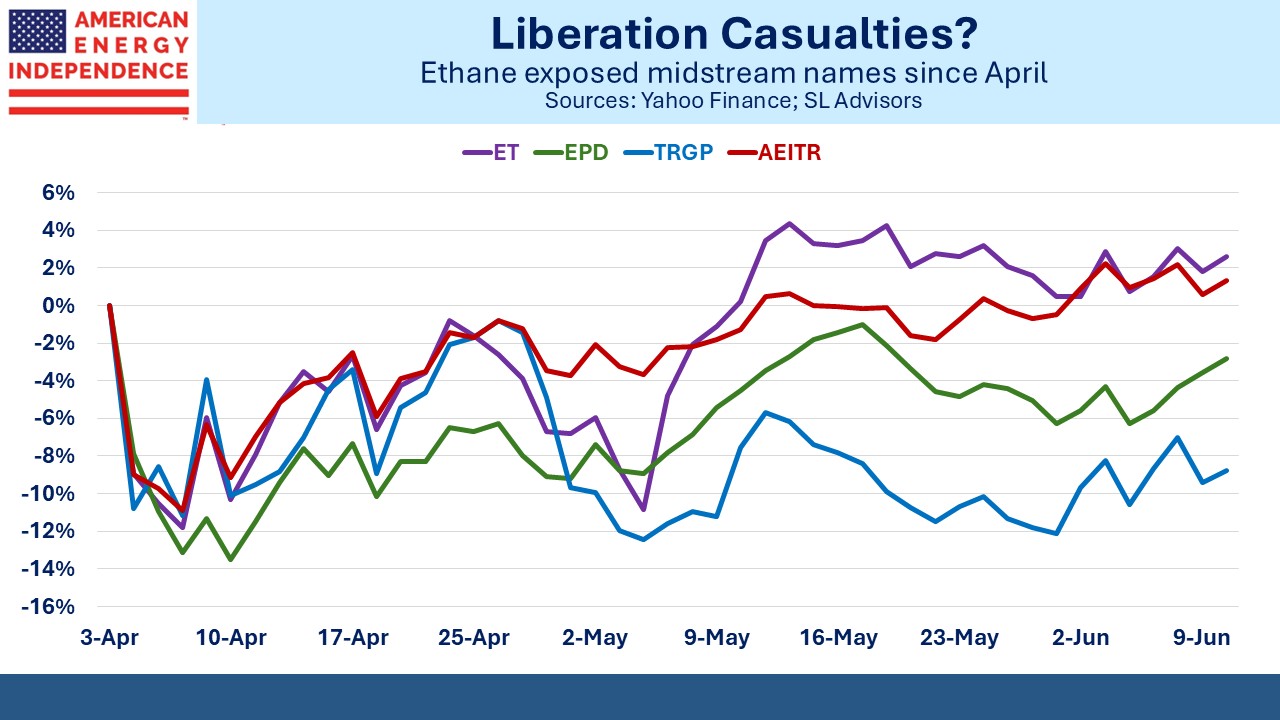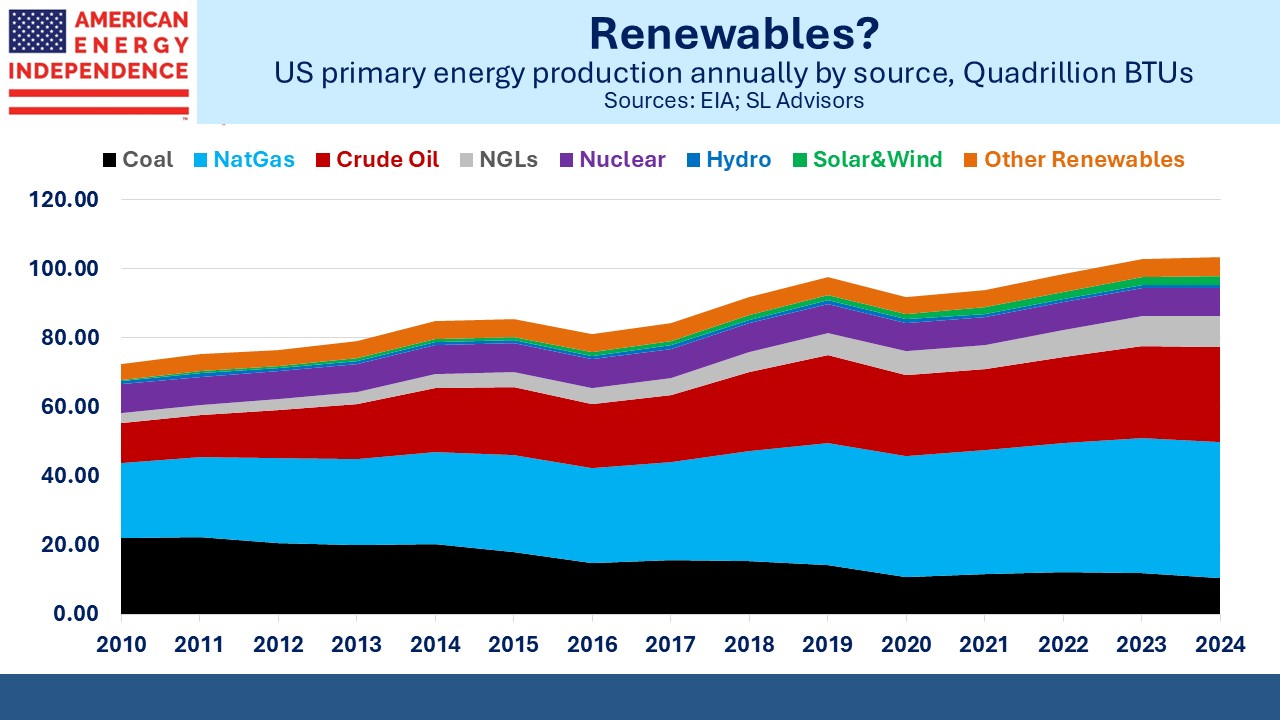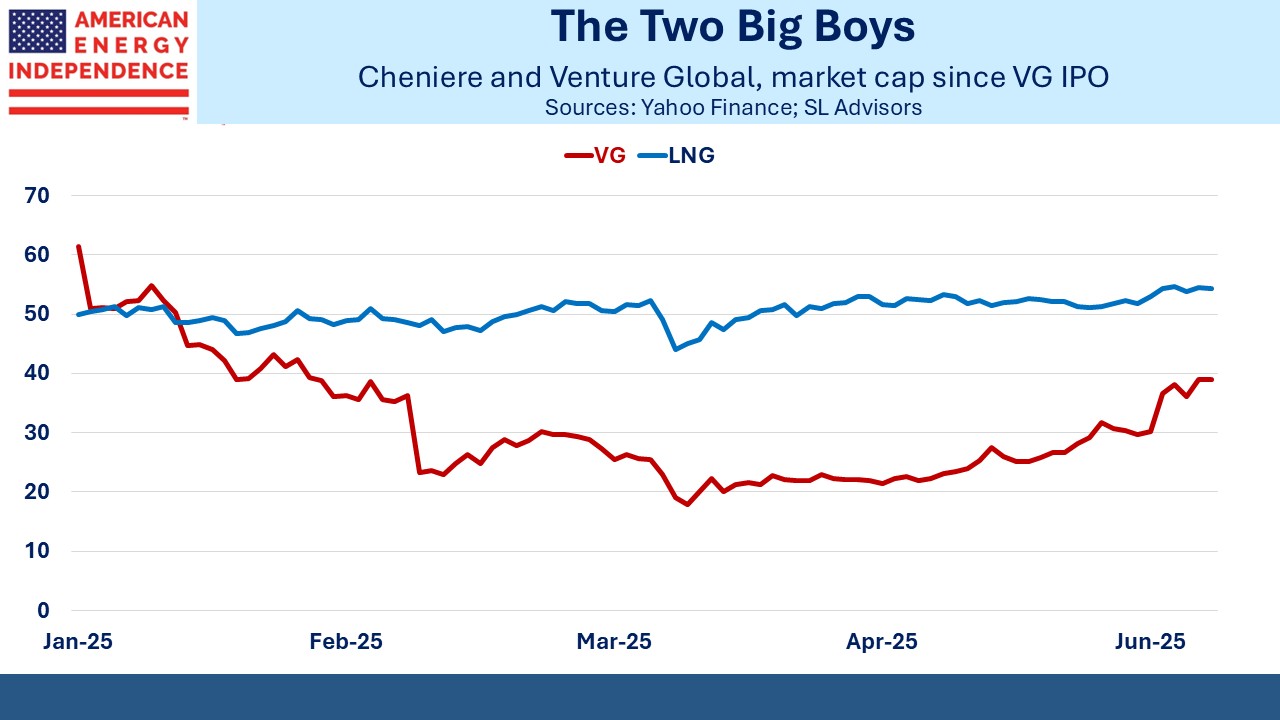Power Auctions Are Getting Interesting
Last Wednesday PJM Interconnection began their Capacity Auction. PJM runs the largest electricity grid in the US, extending from the east coast as far west as Illinois. The auction sources commitments for surge capacity, to ensure that even during times of high demand the system can meet the need for power.
Capacity auctions haven’t historically drawn much attention. But last year the auction cleared at $269.92 per Megawatt-Day, more than 9X the prior year’s figure of $28.92. That drew news coverage, along with warnings that this would increase electricity rates for millions of households (see The Coming Fight Over Powering AI).
PJM has 65 million customers.
The jump in price is generally regarded as being due to increased demand, especially from data centers, and declining supply as coal plants are retired, but new renewables capacity is added too slowly.
Power supply across PJM’s region has a complex structure. PJM operates the grid, but customers deal with a local utility. In our part of New Jersey it’s PSE&G. The point of a regional grid is that electricity can be transmitted across state lines where it is needed to balance supply and demand. This makes it hard to hold politicians accountable if things go wrong.
Electricity prices are about to become a political issue, especially in New Jersey which will elect a new governor later this year. Partly because of last year’s auction, prices are apparently going up by 17%. I examined my own electricity bill, which is worth doing from time to time.
The hike in rates must vary. We’re now paying 30 cents per KwH, up from 22 cents. This is among the highest in the country, almost as high as California at 32 cents. Our most recent bill is up 15% year-on-year, and we used 15% less, a 35% hike.
Outgoing Democrat governor Phil Murphy has mandated that 100% of electricity must be renewable by 2035. New Jersey currently has a splendid mix of power generation, which is almost all nuclear and natural gas. Renewables with their weather dependency are, for now, not interfering. But there’s not much point in building a new natural gas power plant, given current policy.
Because solar and wind are opportunistic, each new addition requires an engineering study to make sure grid operators fully understand the impact. Solar and wind typically work 20-40% of the time.
Left wing policies that push for 100% solar and wind are part of the problem, exacerbated by incorrect claims that natural gas is unreliable.
As they’re added to a grid, renewables increase the need for dispatchable power that can be turned on when it’s not sunny or windy. That usually comes from natural gas power plants, since their output can most easily be varied on short notice as needed.
Williams Companies, a large natural gas pipeline operator, has reported that renewables create additional natural gas demand to compensate for their inadequacy.
Josh Shapiro, the governor of Pennsylvania (the “P” in PJM) is so upset he’s threatened to withdraw his state from the PJM network. The Keystone state is the biggest exporter of electricity to the rest of the PJM system. It’s unclear how they would withdraw, but if they did, it would presumably not help the supply shortage.
What’s clear is that Democrat politicians within the PJM region are starting to realize that poorly conceived energy policies aimed at their primary voters are about to collide with Main Street.
Increased demand from data centers is part of the problem. By 2030 PJM expects 32 gigawatts of additional demand, with 30 from data centers. But they also blame insufficient new supply, including state policies that closed fossil fuel plants prematurely.
This is where assigning blame gets messy. Three years ago PJM stopped processing new applications for power plant connections after it was overloaded with more than 2,000 requests from renewable power projects.
The US Department of Energy believes Grid Growth Must Match Pace of AI Innovation in a report on grid stability published recently. They use terms like the “AI arms race” and warn that inadequate power supplies to data centers risk jeopardizing our economic and national security.
That suggests that even though data centers don’t create many jobs, they’ll have a powerful backer in the Federal government. The acceptable downtime of new data centers is around 3 seconds per year. This makes intermittent power a non-starter. Powering them will overwhelmingly rely on natural gas, and public policy will be behind them.
The results of the latest PJM Capacity Auction will be released on July 22nd. They’ll be more keenly awaited than in the past.
We have two have funds that seek to profit from this environment:
